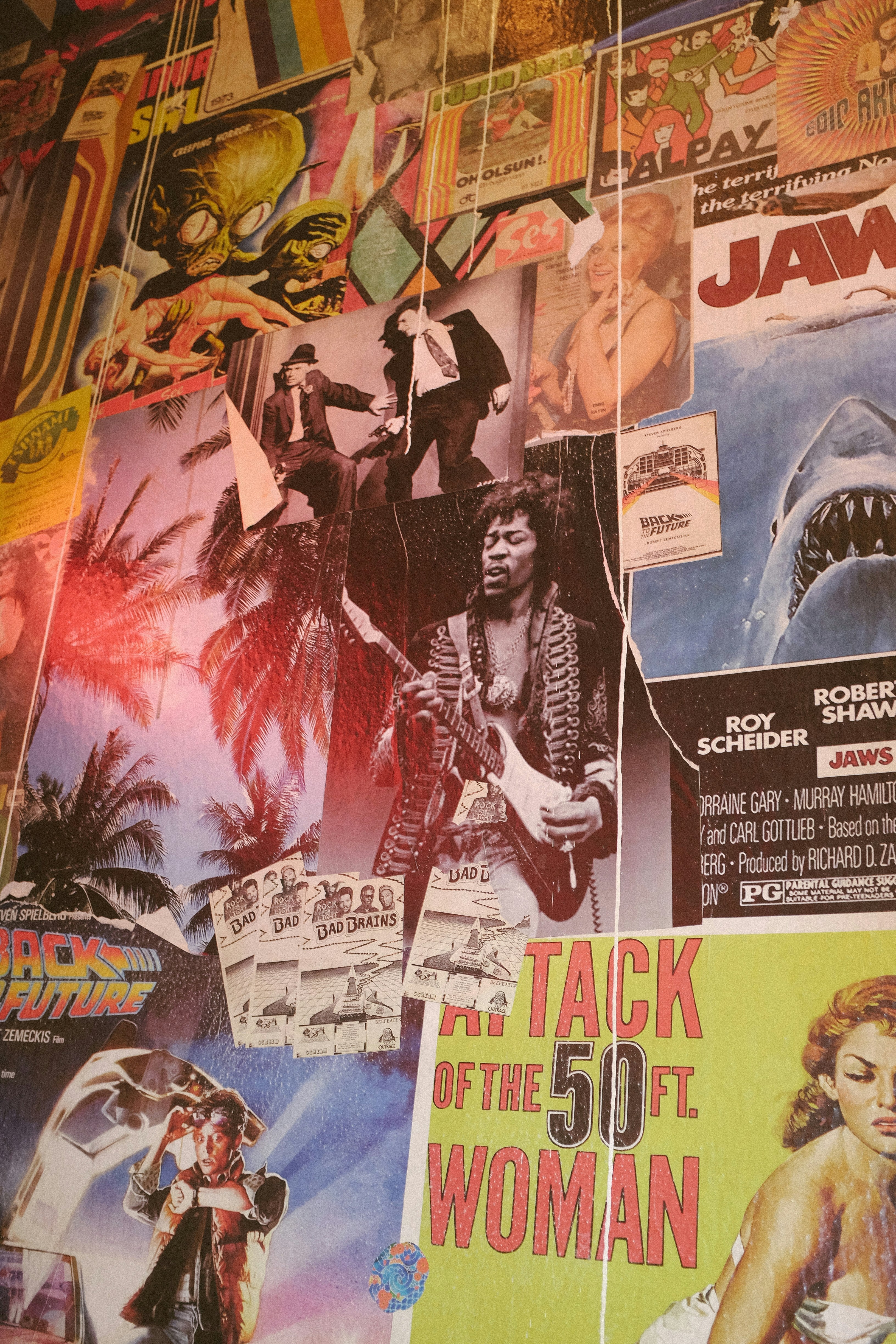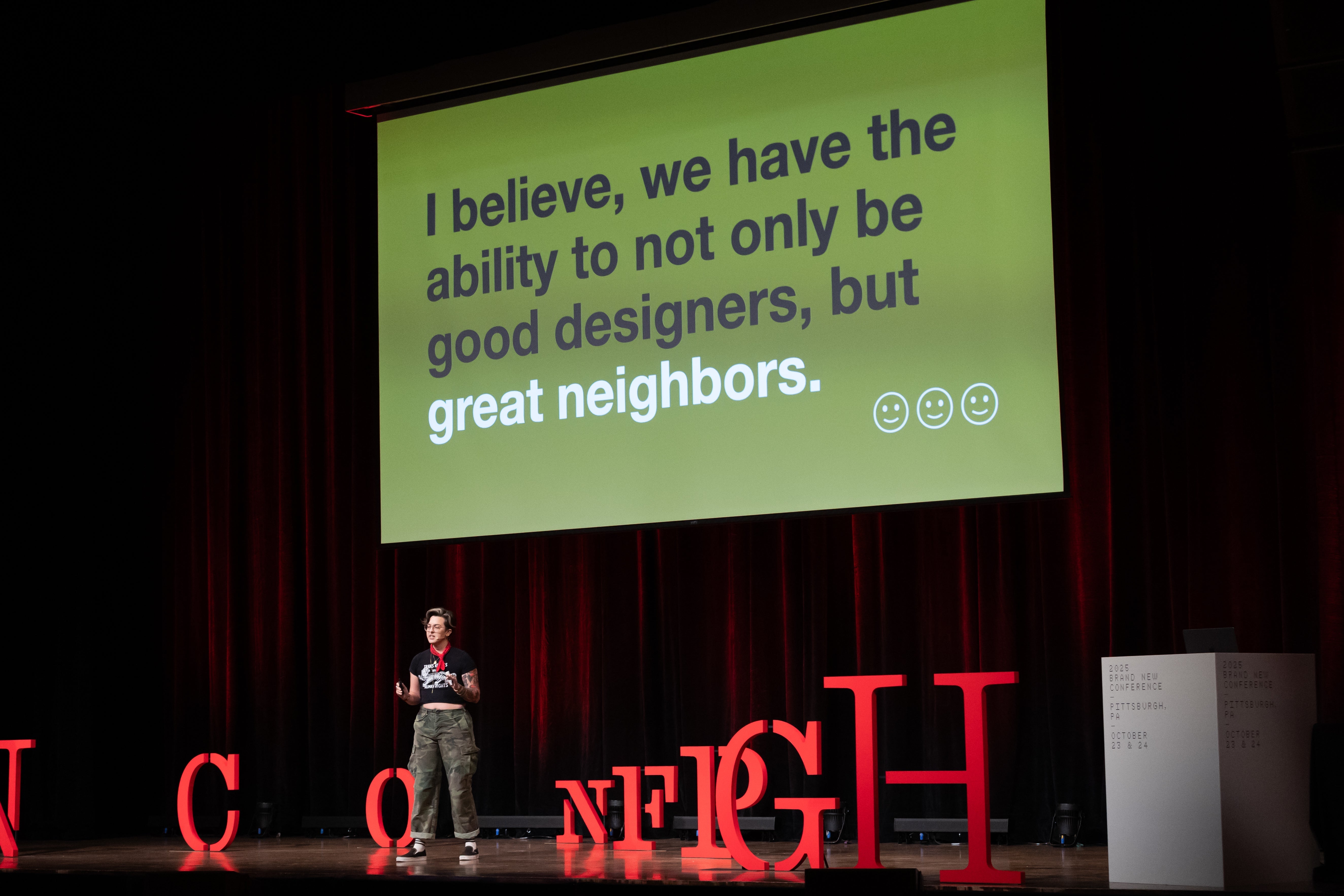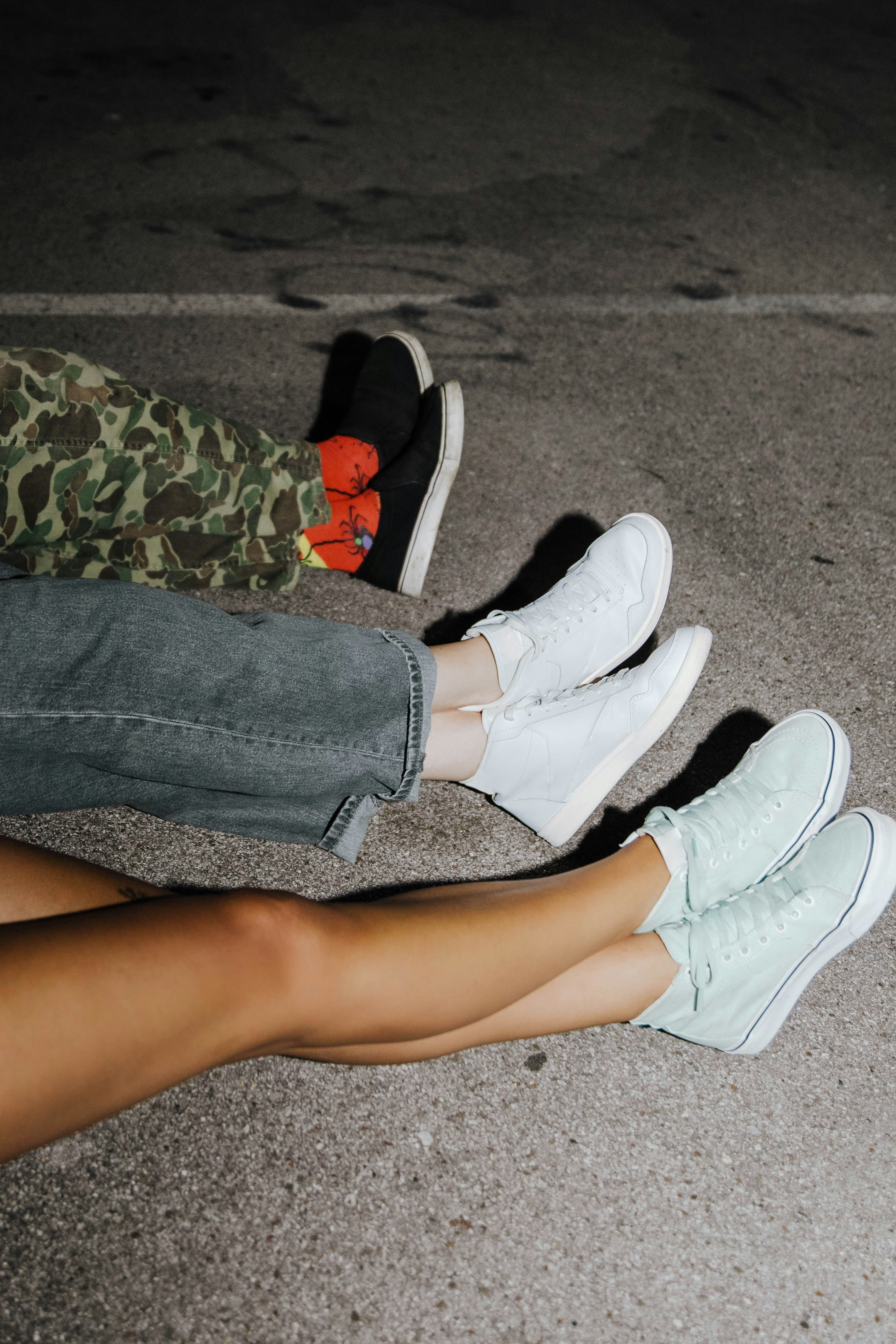Branding and design go through cyclical trends just like anything else. We’ve seen our fair share—equivalents of the puka shell necklace, “mall bangs,” and bellbottoms. When I was in the early days of my career, we were welcoming the rise of minimalism after the MySpace era (think sparkling marquees and tiled, animated GIFs in the background of your site). Embracing the almighty Grid ( 🙌 ) was as good as Sunday service for even the budding designer such as myself circa 2009.
Before we can talk about where we’re at, it’s worth touching on where we’ve been and how we got there. Graphic design is much like its fashion and interior cousins. Yes, it’s adornment, but its function is primarily, well, function. Design asks, “How can I best serve the people?” Knowing this fundamental truth is key to understanding how and why design will always mirror the human experience, popular culture, and technology. You can look throughout history and watch as design trends closely followed the needs and interests of the masses. Take, for example, the rise of DIY art and aesthetics every time technology births more accessible tools like the Xerox machine and zines, the camera phone and self-taught photographers, Canva and Instagram and self-made marketers. Or how a global pandemic and civil unrest are breeding more empathetic and compassionate brands. Design is both an expression and a response.
Minimalist design was a well-deserved palate cleanser from a long season of anything but minimal. Now that the pendulum is swinging back to maximalism, we’re seeing a rise in adornments: patterns, complex palettes, decorative typography and a blending of typographic styles, and illustration. I see this happening for a few reasons: first, there’s a return to the prioritization of the maker/artisan. The accessibility of technology is advancing at a steep trajectory making creative tools like CreativeCloud, ProCreate, Canva available to the masses. And I believe that culturally we are in a highly emotive and romantic era. We’re dusting off old trends, blending them to get something brand new. And we’re integrating more illustration at a volume that hasn’t been seen since photography largely took its place decades ago.
So, what is illustrated branding? They don’t necessarily have defined boundaries, so it’s a bit of a “you know it when you see it” scenario. You can count on them to check off a few boxes: their brand heavily or solely prioritizes illustrations as part of their visual language. There’s likely a system of illustrations that all fit the theme or concept of the brand. And, finally, it goes beyond simply including an illustration in your repertoire, this artwork is strategically tailored to fit, function, and represent the brand just like your other brand elements.
Illustrated branding offers us many new perks, so let’s touch on those:






Liked this post? Give it a share: